Comparison of heavy fighter jets between China and India: China's advantages are rapidly expanding
Based on the special terrain on both sides of the border, heavy fighter jets have special significance for both China and India. For China, fighter jets deployed to the Qinghai Tibet Plateau have significant advantages due to insufficient lift, decreased power, and limited takeoff weight. Although Indian fighter jets do not require high-altitude takeoff, the range of our military artillery, tactical ballistic missiles, and long-range fire can be significantly increased when launched from high altitudes. Taking the domestically produced Type 11 155mm self-propelled howitzer (truck gun) as an example, its maximum range in plain areas is 45 kilometers. However, when deployed at an altitude of 4000 meters on the plateau, the maximum range suddenly increases to 52 kilometers! In this situation, the role of "short legged" fighter jets such as the Indian MiG-29 and Mirage 2000 is limited, so India has been committed to developing heavy fighter jets.
In the 1990s, China's Su-27SMK began to operate on the Qinghai Tibet Plateau, which gave India, which was only equipped with the Mirage 2000H at the time, a strong sense of crisis. A large delegation led by Marshal Kaul was sent to visit Russia with the aim of purchasing new advanced fighter jets. After accepting $1.5 million and diamonds worth hundreds of thousands of dollars, Marshal Kaul signed a contract with the Russian side to purchase 40 Su-30MKs. But wool comes from sheep, so Russia naturally wants to gain greater returns from India in this transaction.
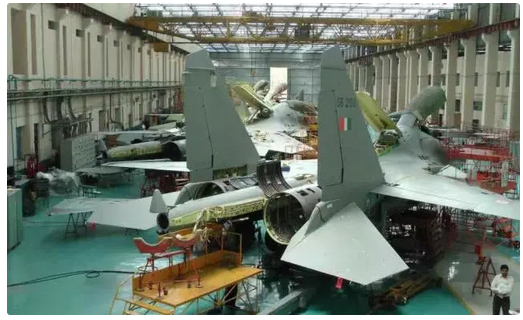
At that time, the so-called Su-30MK was actually just a newly painted Su-27UB trainer aircraft, although the wings were covered with precision guided weapons, it had no corresponding fire control capability. General Lin Hu, who is 70 years old in our country, personally piloted the Su-30MK. Afterwards, he told the Russian side that the configuration of the Su-30MK was almost the same as that of the Su-27UB trainer aircraft, and it could not meet the requirements of the Chinese Air Force for both offense and defense.
At this moment, the Su 30MKs, which were in full swing, finally caught the "big shot" of India. The first batch of 8 Su 30MKs that arrived in India were actually the newly numbered Su 27UB, which did not have the ability to project precision guided weapons. The second batch of 8 Su-30MKs used display and control equipment from France and Israel, and Indians also knew that Russia's avionics were not good. The third batch of 12 aircraft began to adopt front wings, and the fourth batch of 12 aircraft were equipped with AL-31FP vector thrust engines. At this time, the Su-30MKs purchased by India have been collectively referred to as Su-30MKI. In 1998, India purchased an additional 10 Su-30s, which were originally manufactured for Indonesia. Indonesia cancelled the order and sold them to India.
Drawing on China's experience in replicating the Su-27SMK, Hindustan Aeronautics is preparing to assemble the Su-30MKI locally in India using materials and parts provided by Russia. The production line was completed in 2004 and the last two were completed by 2021. Over the course of 17 years, India produced a total of 222 Su-30MKI aircraft, but the degree of localization has remained low. More than one-third of the components still need to be imported from Russia. Overall, India's manufacturing capacity for Su-30MKI aircraft is at the level of early batches of J-11A. Nevertheless, India has finally acquired 272 Su-30MKI heavy fighters (50 purchased directly and 222 locally assembled).
In addition, India has also introduced 36 Rafale fighter jets (32 have been delivered and are expected to arrive by April 2022). Although the Rafale uses dual thrust engines with a maximum takeoff weight of only 24.5 tons and a fuel capacity of only 5700 liters, it has a maximum payload of 9 tons and up to 12-14 external pylons, which is much stronger than the MiG-29 and Mirage 2000H, and can therefore be considered a heavy fighter jet.
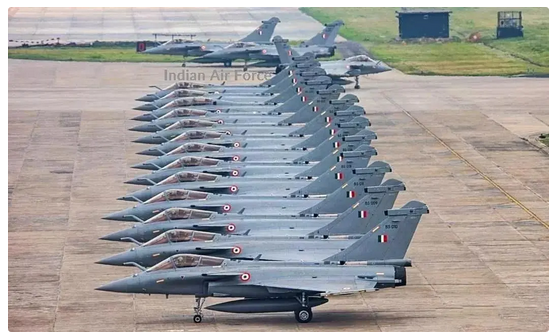
In this way, India now has 304 heavy fighter jets (272 Su-30MKI and 32 Rafale), which is a huge air force in South Asia and even throughout Asia, and can be regarded as the second largest group of heavy fighter jets in Asia after China.
China's heavy fighter jets can be divided into three categories: Soviet series, imitation Soviet series, and self-developed series.58彩票In the 1990s, China successively introduced 36 Su-27SMK and 40 Su-27UB aircraft, which played a crucial role in the 1994 China US Yellow Sea confrontation and the 1996 Taiwan Strait exercise. Although they have been in service for nearly 30 years and are nearing the end of their lifespan, most of them still maintain good condition after being extended. Another example is the introduction of 76 Su-30MKK and 24 Su-30MK2 aircraft by China at the turn of the century. They are often seen in the confrontation between the southeast coast and the United States and Japan. The reason for using Su-30 is that it has already sold well in the world arms market, and India has also participated in military exercises with the United States and Japan with its Su-30MKI. Therefore, it is most appropriate to confront the United States and Japan with the Su-30. Finally, there are 24 Su-35s. As the ultimate improved version of the sideguard series, Su-35s far outperform Su-30s in terms of power, range, payload, and maneuverability, especially in high-altitude performance. In addition, the interface source code provided by Russia can fully integrate the Su-35 into our military system, so although there are only 24 Su-35s, their combat effectiveness cannot be underestimated.
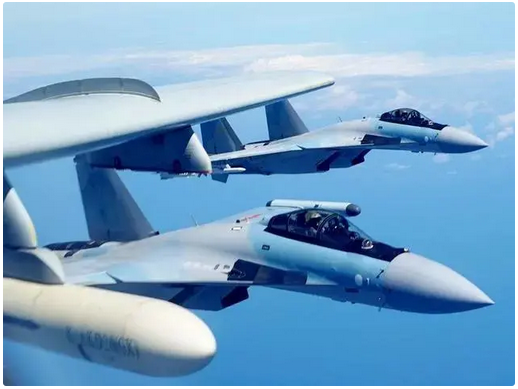
Its configuration is basically the same as that of the Su-27SMK. As China has not replicated the radar, engine, avionics and other subsystems of the Su-27, the localization rate of the J-11A is also not high. It is not that China does not have the ability to replicate, but has already had more advanced alternatives. Firstly, there is the J-11B, which not only fully realizes the localization of various subsystems, but also significantly improves its performance, and widely uses composite materials. It can be said that the J-11B has no similarities with the Su-27 except for its shell, and it is not an exaggeration to call it a new type of fighter jet.
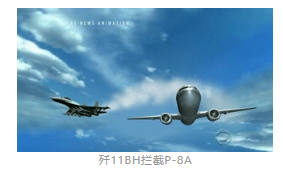
58彩票The total production of J-11B fighter jets has reached 320, making it the largest heavy fighter jet in our military. In 2014, Hainan Airlines' J-11BH made a beautiful "barrel rolling" maneuver while intercepting a US P-8A anti submarine patrol aircraft. Secondly, there are over 200 J-16s, which have taken the J-11B to the next level and are equipped with high-power active phased array radar and long-range air-to-air missiles. Their avionics have also reached the level of the J-20. Finally, the production of the J-20 has exceeded 100 units. As China's first heavy fifth generation fighter jet, the J-20 has been deployed at Daocheng Airport at a height of 4411 meters, and has also been stationed at Hotan Airport in Xinjiang, just over 300 kilometers away from the China India border. This has created a generational advantage over the Indian Su-30MKI and Rafale, which has an immeasurable impact on the morale of the Indian military. In summary, the total number of heavy fighter jets in China has exceeded 925 (excluding the J-15 carrier based aircraft), more than three times that of India, and the numerical advantage is very considerable.
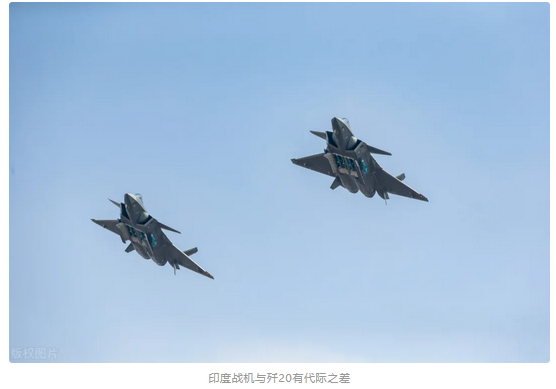
58彩票However, the China India border is not our country's main strategic direction, and coupled with the harsh climate on the plateau, it is difficult for our military to concentrate a quarter of our heavy fighter jets here. Therefore, our heavy fighter jets still do not have a significant advantage over India. At least a five fold total advantage and hundreds of J-20s are needed to completely dispel India's lucky mentality of taking advantage of the situation.
Source: Military of Strong Countries